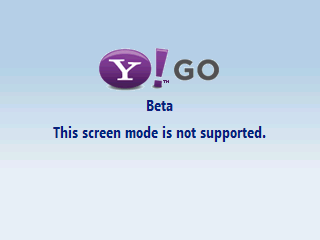I posted two more MobileViews Mini-casts (very short audio files) that can be found at…
MobileViews/OgasaWalrus Podcasts
Mini-Cast #2 is an audio recording created using an HTC S710 (Vox) Windows Mobile 6 smartphone. Mini-Cast #3’s audio recording was created using an old Dell Axim X50v Pocket PC (Windows Mobile 2003 2nd Edition). I used it because it is the only WiMo device I have that can use an external microphone (mini-plug type) for audio recordings.
You’ll notice that the HTC Vox’ recording sounds a lot tinnier than the Dell Axim. This is because WiMo smartphones only allow recordings at 11KHz. Or, more correctly, I can’t find a way to change the audio recording quality settings on a smartphone. I changed the Axim’s audio recording setting from the default 11KHz to 44KHz.
Having tested a couple of devices for audio recording quality, I think it is pretty reasonable to use a Pocket PC as a recording device for Podcasts. Smartphones are ok but produces recordings that are not as clear as Pocket PCs set to record at 44KHz. I’ll guess that running a smartphone’s audio file through something Audacity for post processing could clean it up and make it sound better though. Finally, I didn’t think using an external mic with a Pocket PC sounded any better than using the PPC’s internal mic. And, of course, the odd drop-outs when recording using the external mic isn’t a good thing either.
